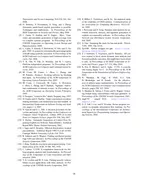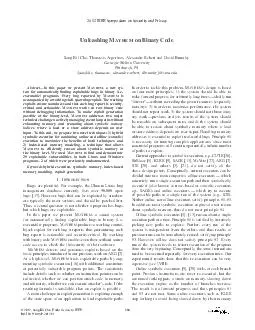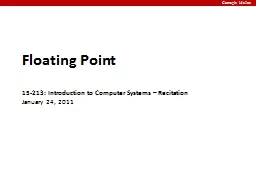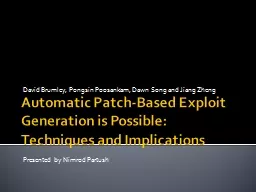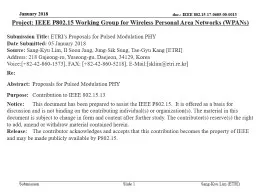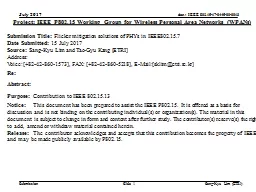PDF-AEG Automatic Exploit Generation Thanassis Avgerinos Sang Kil Cha Brent Lim Tze Hao and
Author : cheryl-pisano | Published Date : 2014-10-27
edu Abstract The automatic exploit generation challenge is given a program automatically 64257nd vulnerabilities and gener ate exploits for them In this paper we
Presentation Embed Code
Download Presentation
Download Presentation The PPT/PDF document "AEG Automatic Exploit Generation Thanass..." is the property of its rightful owner. Permission is granted to download and print the materials on this website for personal, non-commercial use only, and to display it on your personal computer provided you do not modify the materials and that you retain all copyright notices contained in the materials. By downloading content from our website, you accept the terms of this agreement.
AEG Automatic Exploit Generation Thanassis Avgerinos Sang Kil Cha Brent Lim Tze Hao and: Transcript
Download Rules Of Document
"AEG Automatic Exploit Generation Thanassis Avgerinos Sang Kil Cha Brent Lim Tze Hao and"The content belongs to its owner. You may download and print it for personal use, without modification, and keep all copyright notices. By downloading, you agree to these terms.
Related Documents

